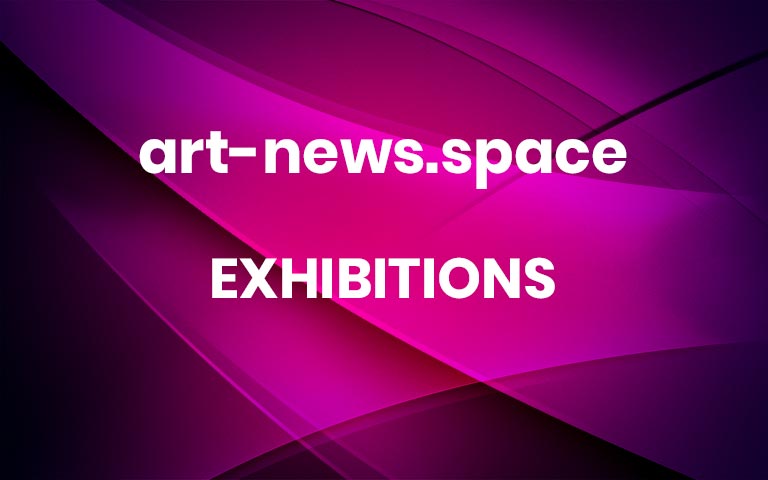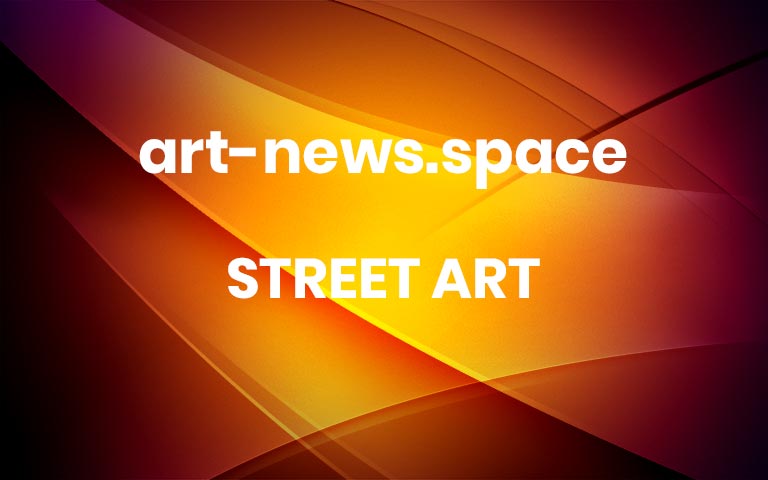The artist Emma Amos died in May, at age 83, from complications of Alzheimer’s Disease. But even as her illness progressed, the painter, printmaker, and weaver was sustained by the knowledge that her seven-decade career was finally on the brink of her first retrospective, “Color Odyssey” at the Georgia Museum of Art.
“Emma always knew that she was going to have a show with me—she might not have remembered my name at the last, but she knew that I was organizing an exhibition,” Shawnya Harris, the museum’s curator of African American and African diasporic art, told Artnet News. “That really touched me.”
A pioneering African American artist, educator, and activist born in Atlanta, Georgia, Amos studied visual art at Antioch College in Yellow Springs, Ohio, and London’s Central School of Art, before getting her master’s in art education at New York University.
It was there that her professor and mentor, Hale Woodruff, invited her to join the short-lived yet groundbreaking Black art collective Spiral, alongside the likes of Romare Bearden and Charles Alston. Amos was its youngest member and the only woman. As an artist dedicated to making work that spoke to the experiences of Black women, Amos went on to join the feminist collectives Heresies and the Guerrilla Girls.
Emma Amos, Equals (1992). Courtesy of a private collection.
“Her involvement with these groups show the conviction she had not just as an artist but also as a person who wanted to fight for injustice,” Jeffrey Lee, of New York’s Ryan Lee Gallery, told Artnet News in an email.
“There are so many aspects to Emma,” Harris added. “She was entangled with some really formative parts of the art-historical narrative, around feminism, around Civil Rights, around Pattern and Decoration.”
The curator met Amos in 2009, and was immediately interested in organizing an exhibition. When Harris joined the Georgia Art Museum in 2015, Amos was near the top of her wish list for shows, both because she was a local artist and by virtue of her work, which addresses issues such as race, class, gender, and privilege in figurative mixed-media paintings that combine lithography, intaglio, collage, and laser transfer.
“The way she depicted the human form and the process of mixing painting and fabric by introducing an element of craft all resonate today,” Lee said.
Emma Amos, Have Faith (1991). Courtesy of the collection of the Herbert F. Johnson Museum of Art, Cornell University; acquired through the Truman W. Eustis III, Class of 1951, Fund, and through the generosity of the Class of 1951, 2017. Image courtesy of the Johnson Museum.
But despite her prolific, multifaceted career, Amos—like so many Black women artists—remained largely unrecognized for much of her career.
Her last solo museum show wrapped up its tour at the Studio Museum in Harlem in 1995, and it has only been in recent years that Amos began appearing in important traveling group shows, such as “Soul of a Nation: Art in the Age of Black Power,” originating at the Tate Modern in London, and “We Wanted a Revolution: Black Radical Women 1965–1985,” organized by the Brooklyn Museum. Both were in 2017.
“It just has taken longer to get women and artists of color into the forefront,” Harris said. “It’s a very phallocentric art world.”
It was an issue that Amos addressed herself in an artist statement that proclaimed, “yes, race, sex, class, and power privileges exist in the world of art.”
Emma Amos, X-Flag (1992). Courtesy of a private collection.
“In some of her writings,” Harris said, “Amos talks about not being able to be a part of the literature or the criticism of art. It hampers the development of women artists’ careers if nobody’s writing about them.”
In giving Amos the spotlight she has long deserved, the Georgia Museum has brought together more than 60 of the artists’ works, from all stages of her career.
Seeing it all laid out chronologically, the viewer will realize how, early on, Amos began incorporating the African textiles and other fabrics that characterize her later work, and how her use of color remains a through line as she moves from the abstract works of her Spiral period to figurative compositions.
“She used color from a political standpoint to make statements about social relationships and culture,” Harris said. “There is no one representation that embodies all of Blackness or anything else. That’s why you see all these women with multicolored body parts in her work.”
Emma Amos, Does Black Rub Off? (1992). Courtesy of the Morris Museum of Art, Georgia.
“It’s always been my contention,” Amos once said, “that for me, a Black woman artist, to walk into the studio is a political act.”
“Emma was concerned about her legacy,” Lee said. “Now, we can rest assured her legacy will continue on forever. She is part of art history and the canon, and is being recognized for all that she did during her lifetime.”
See more works from the show below.
Emma Amos, 3 Ladies (1970). Courtesy of the Philadelphia Museum of Art, purchased with the John D. McIlhenny Fund, 2019.
Emma Amos, Creatures of the Night (1985). Collection of the Amos family, courtesy Ryan Lee Gallery, New York.
Emma Amos, Creatures of the Night (1985). Collection of the Amos family, courtesy Ryan Lee Gallery, New York.
Emma Amos, Streaks (1983). Courtesy of a private collection.
Emma Amos, Identity (2006). Collection of the Amos family, courtesy Ryan Lee Gallery, New York.
Emma Amos, Take One (1985–87). Courtesy of the Museum of Modern Art; gift of Sylvan Cole, in memory of Lillyan Cole.
Emma Amos, Sandy and Her Husband (1973). Courtesy of the Cleveland Museum of Art; John L. Severance Fund, 2018.
Emma Amos, Tightrope (1994). Courtesy of the Minneapolis Institute of Art gift of funds from Mary and Bob Mersky and the Ted and Dr. Roberta Mann Foundation Endowment Fund.
Emma Amos, Seated Figure and Nude (1966). Courtesy of the Emanuel Family Collection.
Emma Amos, American Girl (1974). Courtesy of the Philadelphia Museum of Art, purchased with the Lola Downin Peck Fund, 2018.
“Emma Amos: Color Odyssey” is on view at the Georgia Museum of Art, 90 Carlton Street, Athens, Georgia, January 30—April 25, 2021. It will travel to the Munson-Williams-Proctor Arts Institute, 310 Genesee Street, Utica, New York, June 19–September 12, 2021; and the Philadelphia Museum of Art, 2600 Benjamin Franklin Parkway, Philadelphia, Pennsylvania, October 9, 2021–January 2, 2022.
Follow artnet News on Facebook:Want to stay ahead of the art world? Subscribe to our newsletter to get the breaking news, eye-opening interviews, and incisive critical takes that drive the conversation forward. More



